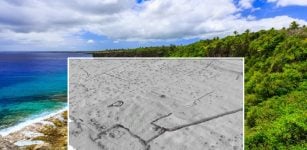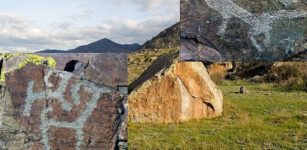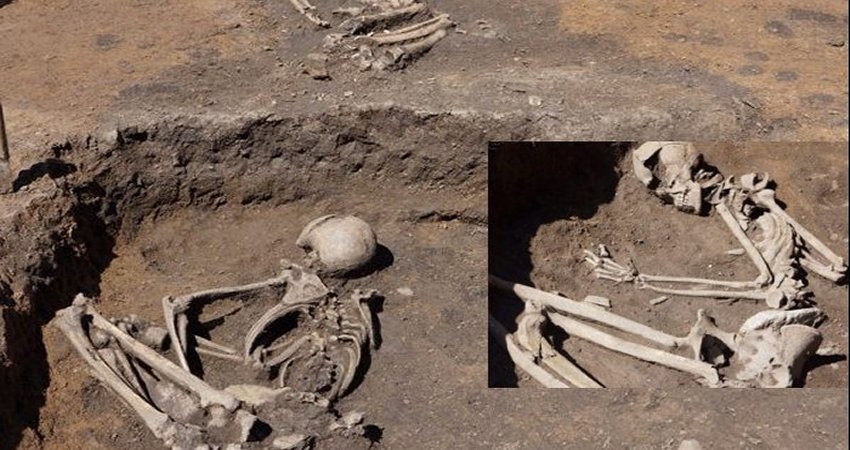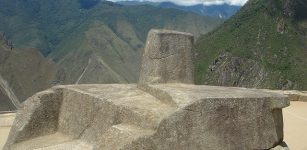Millennium-Old ‘Sunken Town’ Discovered Off Tamil Nadu
MessageToEagle.com – When the shoreline receded during the 2004 tsunami, tourists in Mamallapuram swore they saw a long row of granite boulders emerge from the sea, before it was swallowed again as the water hurtled forward.
More than a decade later, a team of scientists and divers have uncovered what eyewitnesses saw on that fateful day – vestiges of an ancient port.
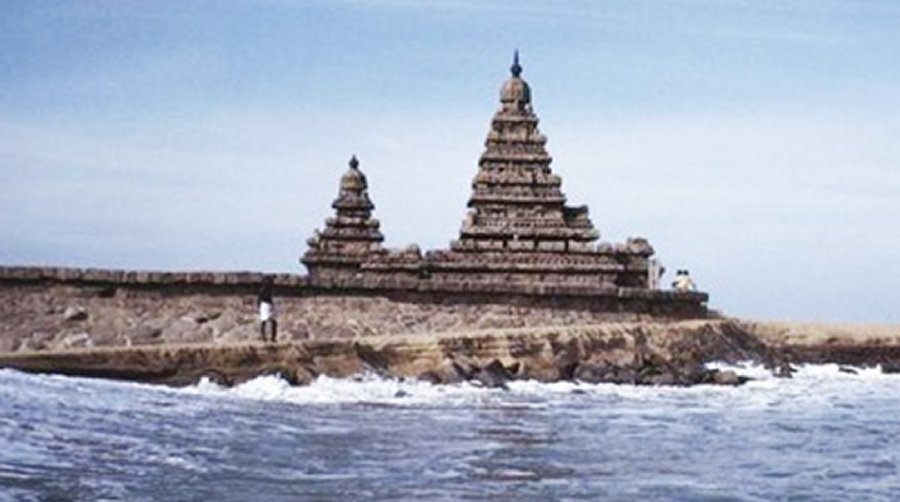
In a discovery that could lead to more underwater explorations off the historic town of Mamallapuram, a group from National Institute of Oceanography (NIO) has found the remains of a port or ruins of one of the six shore temples which, according to legend, went under water. The 10-member team, comprising divers, geologists and archaeologists, found a 10m-long wall, a short flight of stairs, and chiselled stone blocks scattered on the seabed.
They were found 800m from the shoreline at a depth of nearly 27ft. Rajiv Nigam, head of the marine archaeology unit of NIO, said the divers found it difficult to identify many of the structures as they were covered with thick aquatic growth.
“Some of them are badly damaged due to strong underwater currents and swells. However, we could make out that they were part of a building complex,” said Nigam, who led the exploration from March 10-18.
Archaeologists on board the vessel that bobbed around a 12 square kilometers area, where the remains were found, believe the structures could be around 1,100 to 1,500 years old.

“We also found some brick structures, which were sighted more during the Sangam period (300 BC- 200 AD),” said Nigam, who also pitched in with research after a team in 2001 stumbled upon a 9,000-year-old underwater town in the Gulf of Cambay near Gujarat. Nigam, a geologist, embarked on the project in Mamallapuram after studying the history of sea-level pattern.
“From the Gujarat experience, we know the sea level around 3,500 years ago was lower than what we see now. But 6,000 years ago it was higher. We wanted to see if the pattern is the same at other coasts,” he said.
T Sathyamurthy, former superintending archaeologist, Archaeological Survey of India, Chennai Circle, said such explorations are gradually proving myths as fact. In April 2005, ASI and the Navy began searching the waters off the coast of Mahabalipuram (Mamallapuram) by boat, using sonar technology.
“We discovered that the row of large stones people had seen immediately before the tsunami were part of a 6ft-high, 70m-long wall. We also found remains of two other submerged temples and one cave temple within 500m of the shore,” he said.
However, the team wasn’t equipped to take underwater images. Historians say many of these structures, including the port, could have gone under water because of a tsunami-like event that took place in 952AD.
Geophysical survey data from past explorations also confirm the submergence of a large area comprising a building complex, which, they say could be possible remains of a submerged township. A global sea level rise of even 1-2mm per year would inundate up to several hundred metres of coast line over a period of 2,000 years.
Other reason for submergence of these structures could be soil erosion and tectonic movement.
MessageToEagle.com
Expand for references
